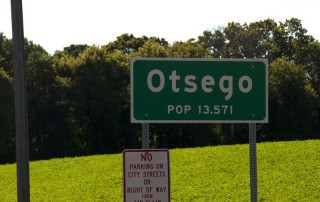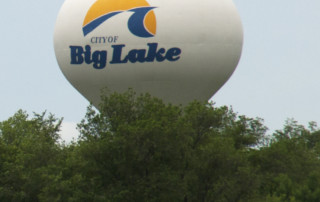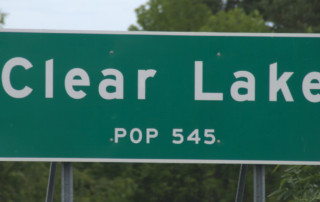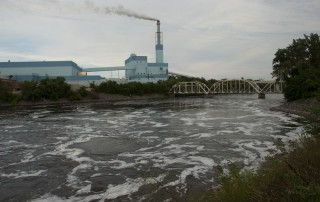Mississippi River towns in Minnesota
Ramsey
Population (2010) 23,668 Introduction The city of Ramsey has been through explosive growth in the past generation, going from 1,179 residents in 1960 to almost 24,000 in 2010. Virtually all of that growth has been residential, as Ramsey developed into a bedroom community for the Twin Cities. The city





